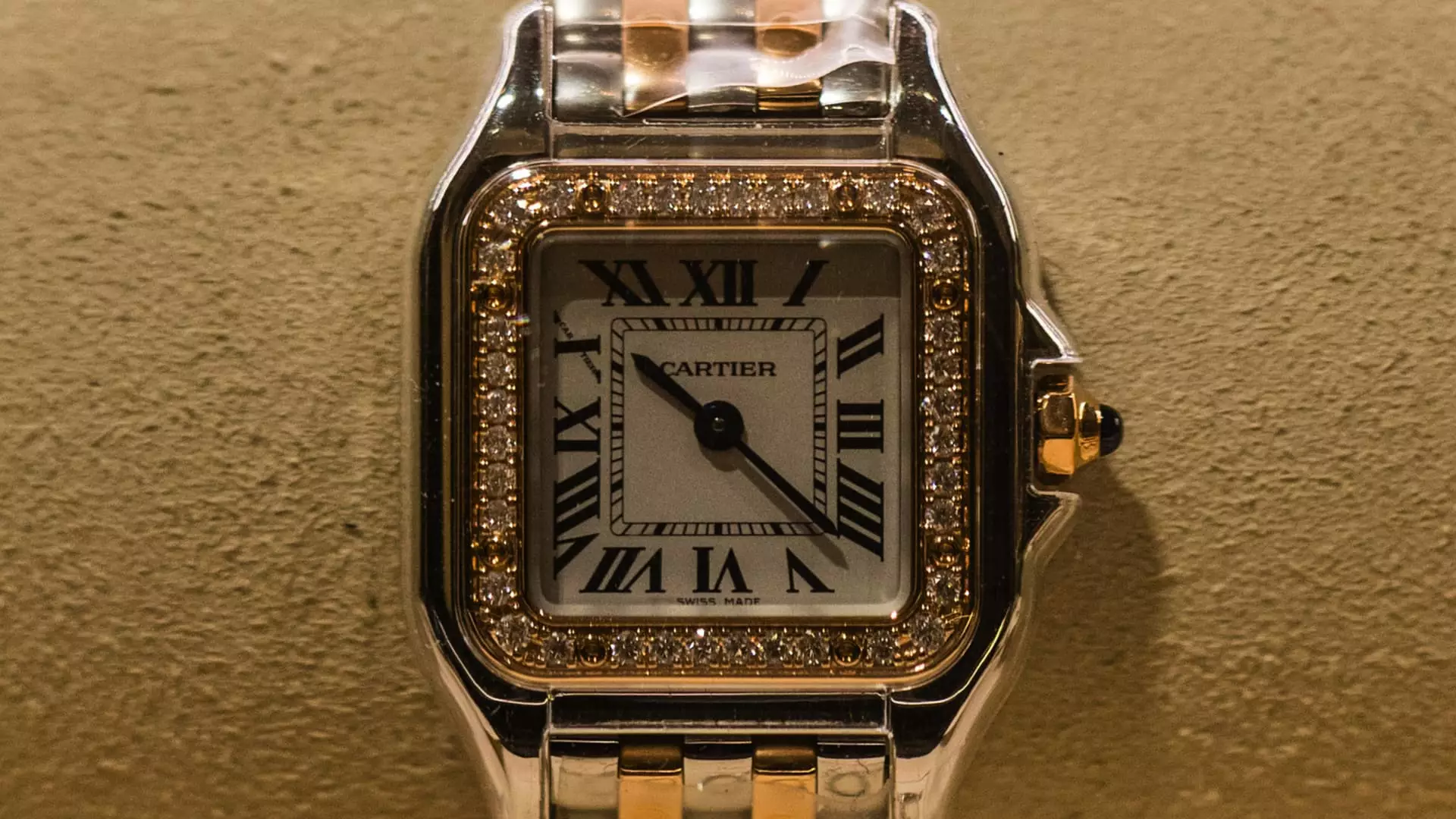In a financial landscape riddled with unpredictability, Richemont, the parent company of renowned luxury brands including Cartier and Van Cleef & Arpels, has reported surprising quarterly sales figures. For the fiscal fourth quarter, Richemont’s revenues grew to 5.17 billion euros ($5.79 billion), marking a 7% increase from last year, and surpassing analyst estimates. This performance highlights a stark contrast between the elites who indulge in luxury goods and the ordinary consumers grappling with inflation and economic instability. It seems that for the wealthy, the lure of high-end jewelry and watches remains largely untouched by global financial tremors.
The Jewelry Surge and Its Fragilities
Leading the charge in this stellar sales report was the Jewellery Maisons division, which enjoyed impressive double-digit growth. The allure of brands like Cartier has been unshakeable, propelling this sector to new heights even as declines were reported within Richemont’s specialist watch segment. The latter’s stumble underscores a significant vulnerability for Richemont as the luxury watch market faces stagnation, particularly in the Asia-Pacific region. With a staggering 23% drop in sales tied to a sluggish Chinese market, how sustainable can this luxury boom really be?
Japan showcased a remarkable 25% increase in sales, attributed to a blend of domestic consumption and an influx of tourists. However, does this growth reflect a broader trend, or is it merely a momentary spike? Such localized successes might mask deeper, systemic issues that resonate throughout the luxury market, particularly as global economic pressures tighten their grip.
Headwinds vs. Resilience
Richemont’s chairman, Johann Rupert, acknowledged the importance of “strong agility and discipline” in navigating ongoing global uncertainties. It’s a pragmatic recognition of the headwinds identified by BofA Global Research, notably rising gold prices, U.S. tariffs, and fluctuations in foreign exchange rates. These factors cumulatively threaten the delicate balance Richemont must maintain. However, the company’s ability to wield pricing power brings a glimmer of hope—or perhaps an illusion of stability. As analysts suggest that price adjustments could mitigate half of the impending challenges, one might question whether this strategy is sustainable in the long run.
Shifting consumer behaviors highlight a generation less inclined to splurge on excess. With looming economic threats, the luxury sector operates on tenuous ground. As Richemont revels in its quarterly sales success, it remains vital to scrutinize whether this upbeat performance can hold up against increasing scrutiny from a consumer base that may be starting to reconsider their spending habits.
The Overarching Sentiment
While luxury brands like Richemont may currently bask in the glow of strong sales figures and favorable market responses, the reality is fraught with challenges that are anything but superficial. The luxury sector is in a precarious position, influenced by economic forces that could shift at any moment. As Richemont prepares for the future, the question remains whether resilience can hold its ground against the unpredictable tides of global economics. The dichotomy between current success and potential downturn paints a complex picture that demands careful navigation.


Leave a Reply